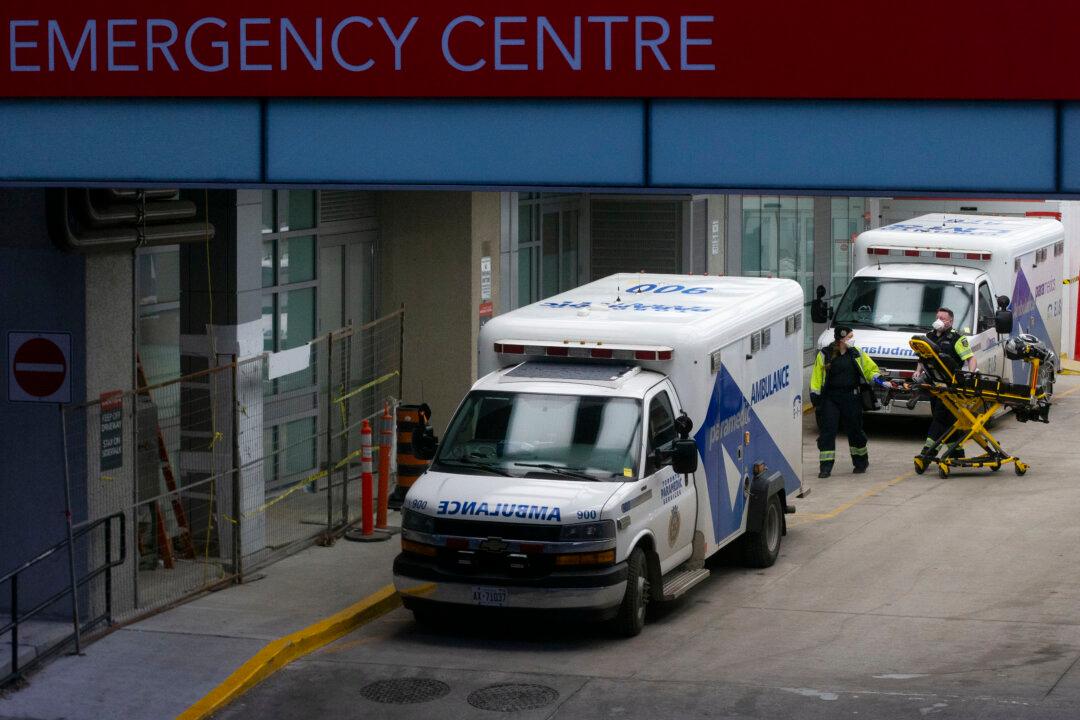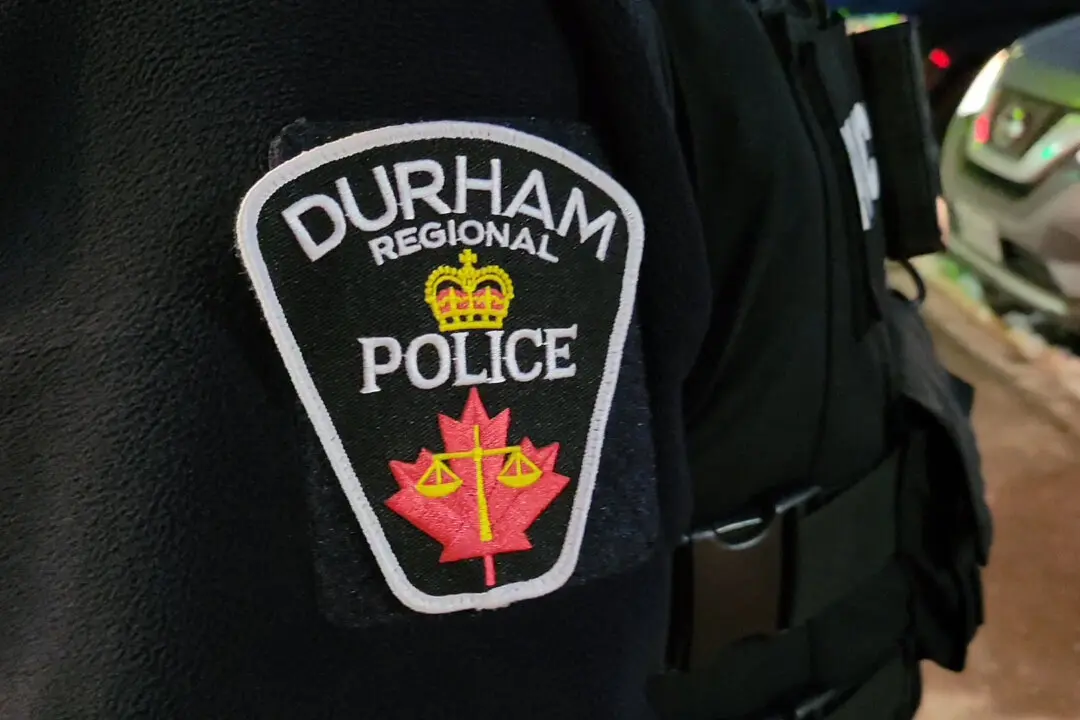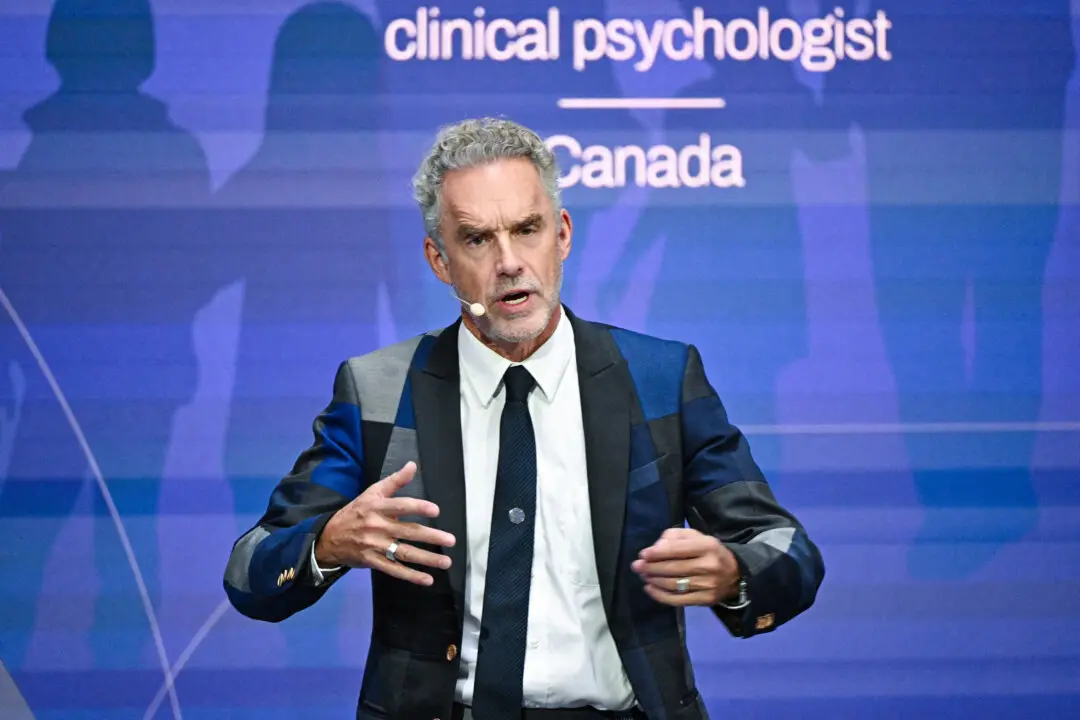Fatal drug overdoses have reached a national average of 22 per day, amounting to “one of the most serious and unprecedented public health threats in Canada’s recent history,” says the federal mental health and addictions minister.
The supply of drugs is growing in Canada and fentanyl has made the supply increasingly dangerous, Ya’ara Saks said in a statement addressing newly available government data on overdoses and deaths. The data said there are roughly 80 emergency department visits related to opioid poisonings across the country each day.
There were 33,015 emergency services calls for suspected opioid-related overdoses from January to September of 2023—an average of 121 EMS responses per day, the minister said in the March 27 statement.The “overdose crisis” is by no means a new problem, the minister said, but it is a growing one. Overdose deaths have risen 8 percent since 2022 while hospitalizations and ER visits are up 13 percent and 14 percent respectively, according to a government report. Overdose-related emergency service calls have also risen, going up 18 percent during the one-year period.





